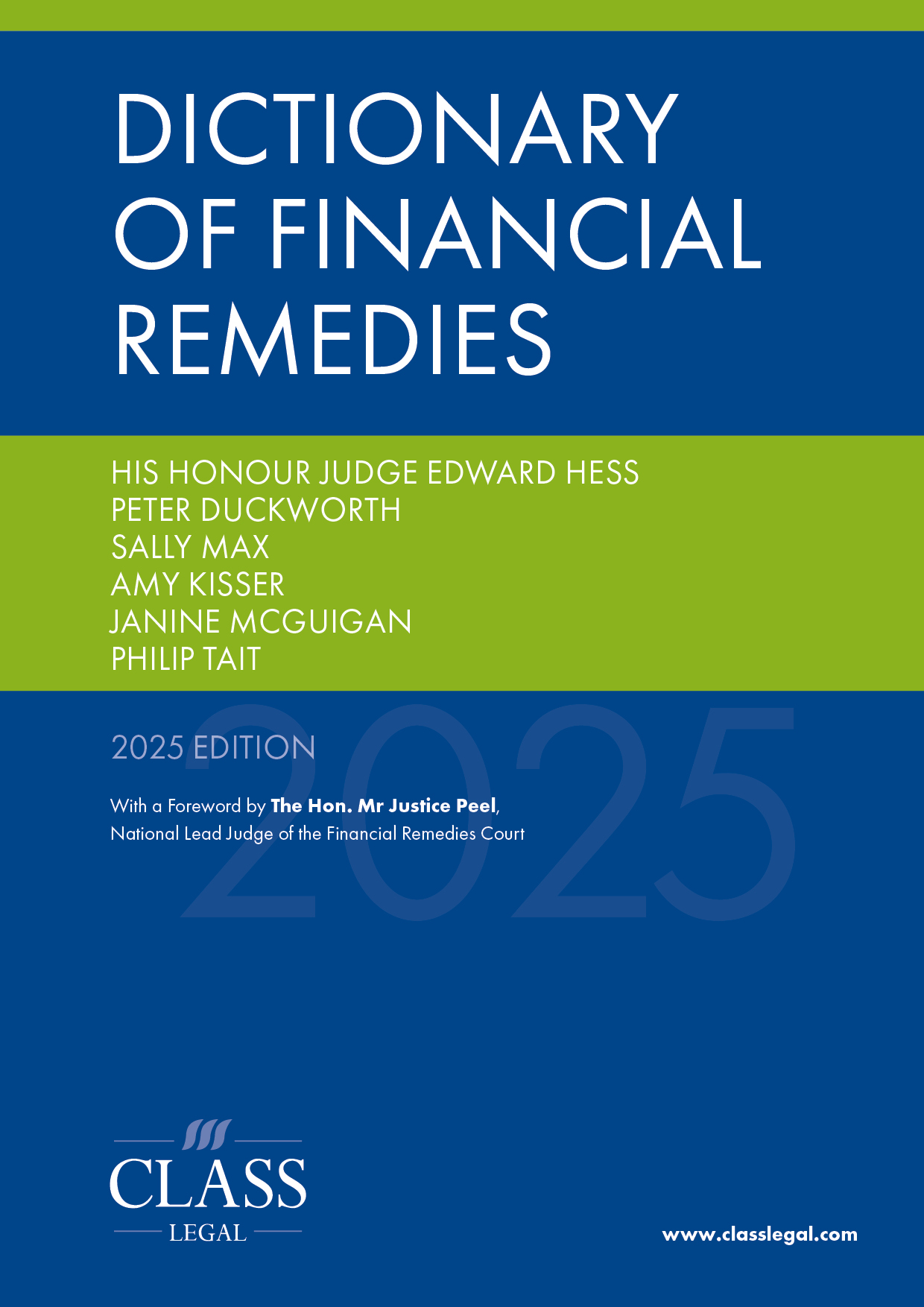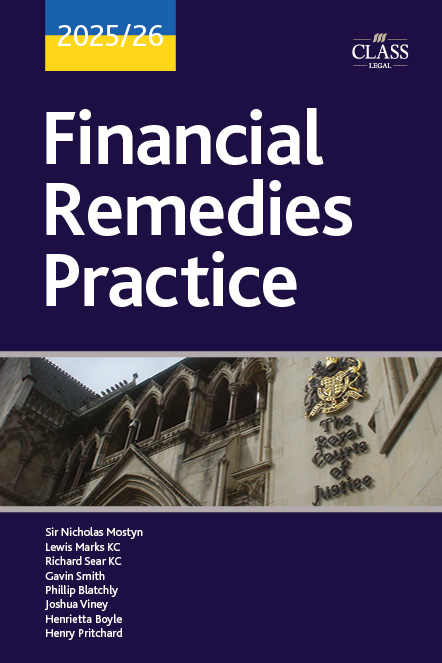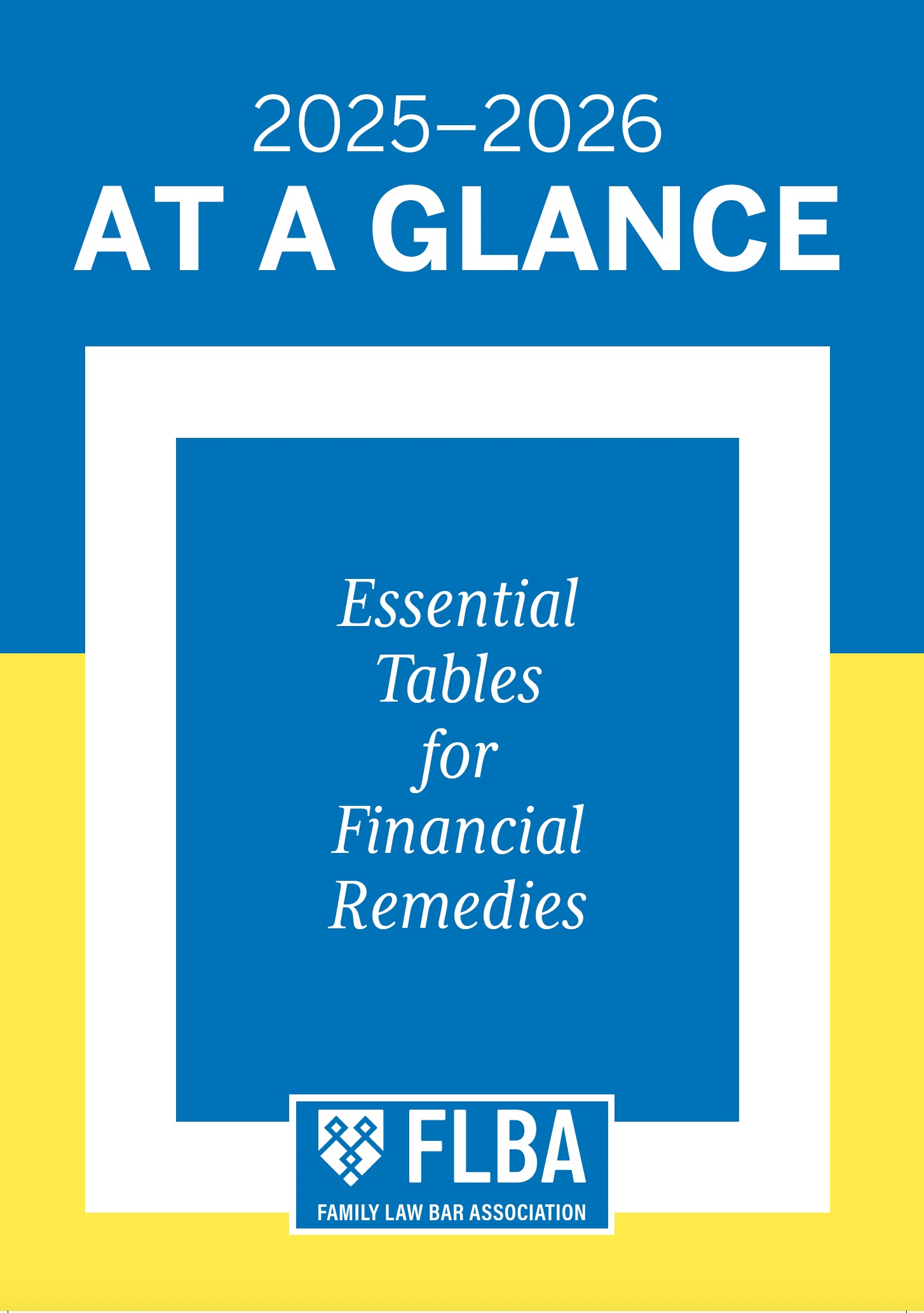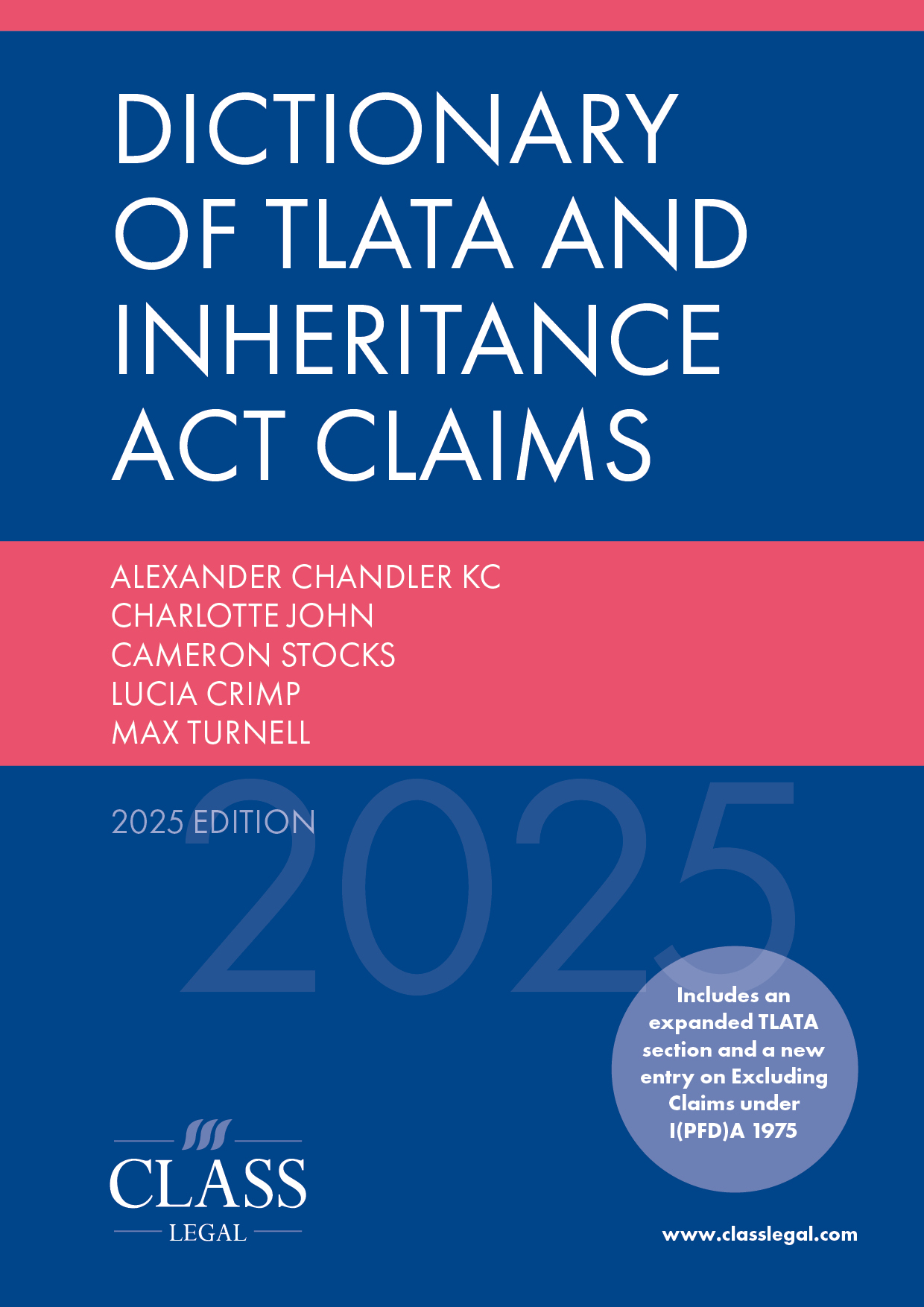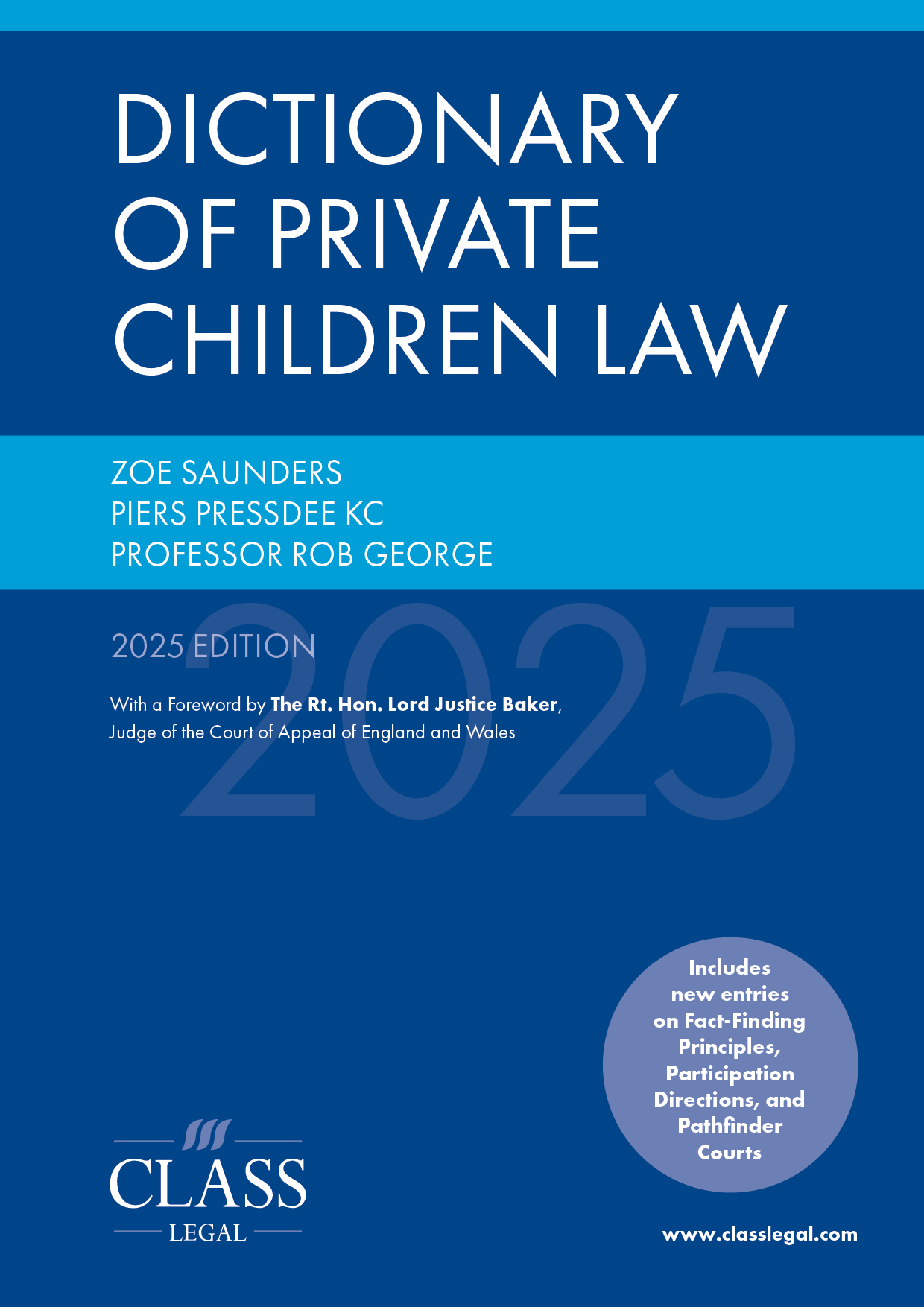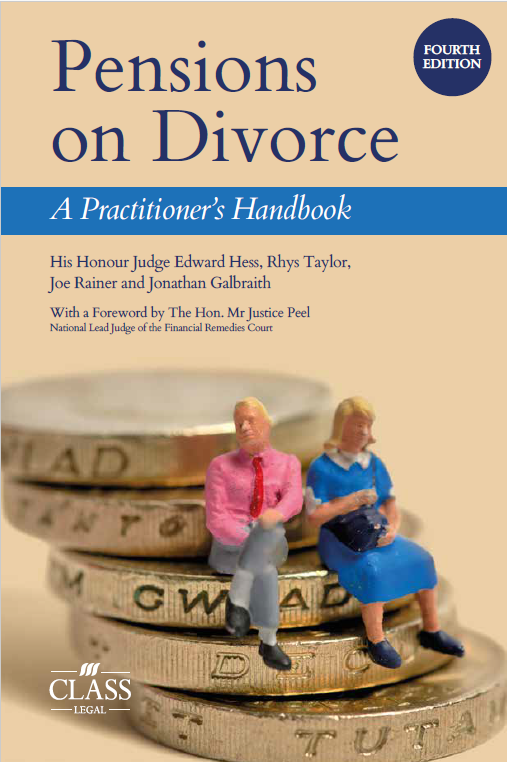
Housing Particulars: Mind the Gap
Published: 17/04/2025 07:00

The Statement on the Efficient Conduct of Financial Remedy Hearings in the Financial Remedies Court Below High Court Judge Level (11 January 2022) requires (at paragraph 10(b)) that 14 days before the First Appointment each party should use their best endeavours ‘to file with the court and serve on the other party no more than three sets of property particulars showing what their case is likely to be on housing need for themself and the other party’.
This is often supplemented by a similar direction at the First Appointment or at the directions phase of an unsuccessful FDR Appointment and it may even go so far as to require the parties to provide ‘details as to the basis upon which the particulars have been selected, namely location (area, schools, public transport, amenities, etc), size (bedrooms, etc) and amenities (garden garage, etc)’ although even if ordered this obligation is often overlooked.
But what (if anything) can the court do when – as is so often the case – there is a significant gap between the bottom of the applicant’s range and the top of the respondent’s range?
In Piglowska v Piglowski [1999] 2 FLR 763 at 782 Lord Hoffman was critical of the Court of Appeal for ‘in effect taking judicial notice of prices in the south-east London property market’. He cited from Martin (BH) v Martin (D) (1977) FLR 444 at 450E stating that Ormrod LJ had ‘cautioned against this free-wheeling approach to judicial notice’:
‘whenever it is to be argued that the wife could find alternative accommodation for herself out of her share of the equity, whatever that may be … there should be evidence put before the court to that effect. The unsupported assertions and speculations which are made in the course of argument in these cases are not satisfactory. It means the court has to use its own imprecise knowledge of the property market and may well make mistakes. So if it is going to be said that the wife could get alternative accommodation, let there be some evidence to that effect. Otherwise it will have to be assumed that it is not possible.’
In S v H [2020] EWFC B16 HHJ Booth stated at [63] that the free availability of property particulars and price information on the internet suggested a need for some practical dilution of Lord Hoffman’s words in Piglowska v Piglowski:
‘I have had cited to me … a passage from Piglowska v Piglowski [1999] 3 All ER 632 House of Lords, where Lord Hoffmann deprecated the use of taking judicial notice of the cost of accommodation when evidence could be put before the court. In 1999 there was not available on the internet, as it had not then been invented, the sort of information that is readily available at the click of a mouse in 2020. Whilst it is plainly desirable that the court should have evidence, in proper form, it seems to me there must be some practical dilution of Lord Hoffmann’s stern words.’
However in Butler v Butler [2023] EWHC 2453 (Fam) it may be said that Moor J took the opposite view:
‘[42] … Not even property particulars were available … I take the view that the Recorder would have been subject to considerable criticism if he had gone down that road [i.e. a move by the wife to Birmingham mentioned for the first time in her oral evidence], particularly if the only way to obtain evidence of property particulars had been to start doing his own research online to fill the gaps in the evidence.’
A failure to provide realistic property particulars was addressed in AR v ML (Financial Remedies: Finality of Judgment) [2020] 1 FLR 523 per Mostyn J where the differential in property particulars submitted on behalf of the parties was significant and where the wife had not adduced any particulars supporting her target figure for housing. Although the case principally dealt with allowing an appeal from a judge’s decision after delivery of judgment to grant permission to introduce further property particulars, an adjournment, and for the judgment not to be perfected into a final order, it also considered the evidential consequences of the differential:
‘[31] While it is true that there were no particulars showing what kind of property £410,000 would buy, it is equally true that there were no particulars showing what kind of property could be bought for £525,000, the wife’s target figure. Where there were particulars establishing a clear, if patchy, spectrum, it is a fallacy to say that there was no evidence to show what could be purchased in the no man’s land between the top of the husband’s bracket and the bottom of the wife’s. Obviously, a process of inferential judgment based on the available material properly led the judge to conclude that the wife could properly rehouse herself with a housing fund of £410,000 in, or not far from, the area in which she wished to live.’
This decision was cited by HHJ Farquhar in X v C [2022] EWFC 79 in which he noted that the lack of accurate information before the court did not preclude him from making a decision:
‘[69] … The difficulty, as ever in these cases, is that there is simply no information provided as to the cost of housing between the top and bottom figures. That is no reason not to make a decision upon the information that is presently before the Court – see AR v ML [2019] EWFC 56 and I intend to provide a final judgment without any request for further evidence being provided as to the costs of alternative properties.’
Is the court therefore restricted to a process of inferential judgment based on the available property particulars however imprecise this may be or may it carry out its own research online whether on Rightmove or elsewhere? Is such research an impermissible free-wheeling approach to judicial notice or simply an example of the court dealing with a case justly (as it must)?
Nicholas Allen KC
20 March 2025


